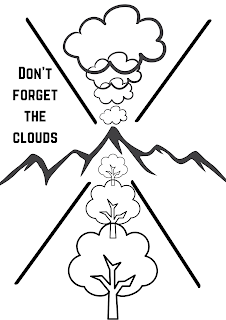Beginners drawing - Tones & shading
Tone
This refers to the lightness or darkness of
something. This could be a shade or how dark or light a colour
appears.
Tones
are created by the way light falls on a 3D object. The parts of the
object on which the light is strongest are called
highlights
and
the darker areas are called shadows.
There will be a range of tones in between the highlights and shadows, these are referred to as mid-tones.
Shading
Shading
is used to capture these different tones in a drawing. It helps to
create an illusion of form in a 2D artwork. When shading it's
important to think about the direction of the marks you are making as
this can help to emphasise the form of the object.
Contrast
Contrast
means the amount of difference between the lightest and darkest
tones. It should be combined with a range of mid tones. Contrast in
tones can help create a dramatic artwork.
Study
the objects you are drawing carefully to see where the lightest and
darkest tones are. Remember that there may be several sources of
light that will each affect the depth of tones. Try half closing your
eyes, you will see that the extremes of tone become more obvious.
Take photos of work you
have produced in colour and convert them to black and white to check
your tones.
Look at the photos below, you can see how making a black and white copy of your work helps you to see if you have your tones right. Here it is very Sunny and mid-day, so there are very clear contrasts between the lightest and darkest areas.
Look at the photos below, you can see how making a black and white copy of your work helps you to see if you have your tones right. Here it is very Sunny and mid-day, so there are very clear contrasts between the lightest and darkest areas.
 |
| Freya's walk |
 |
| Showing the contrasts Downloadable PDF on How & Why you should keep a Sketchbook |



.png)
Comments
Post a Comment